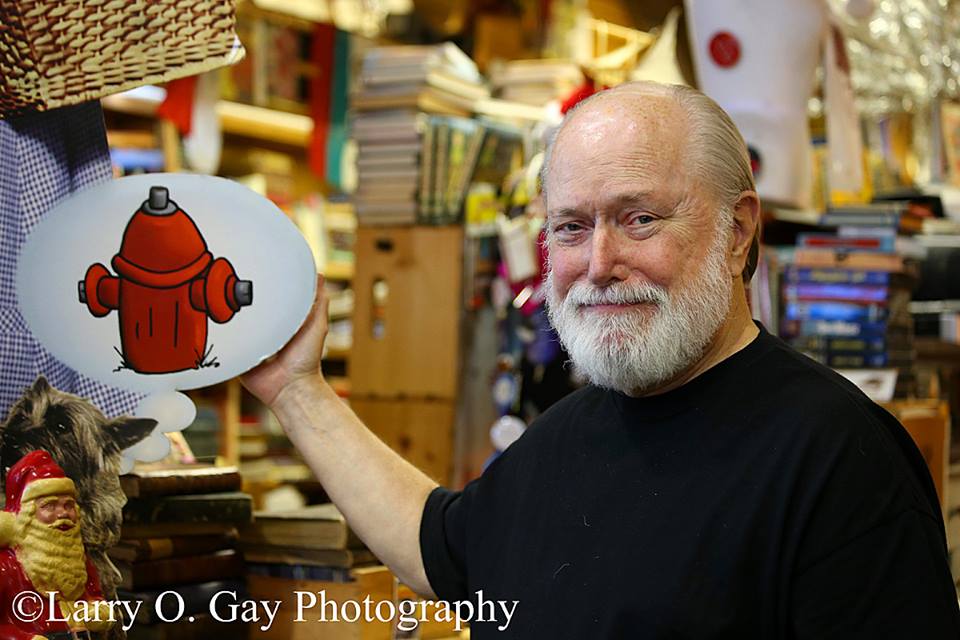Listen to Jim’s comments here: http://jimreedbooks.com/mp3/differencebetweentexting.mp3
or read on…
The medium is the message, according to both Marshall McLuhan and Sherlock Holmes.
When McLuhan says this, he’s giving us a cautionary thought: Don’t be seduced by the tools you use to communicate an idea. Pay attention to the medium of transmission.
The question is, if you publish a thought twenty different ways, does it become twenty different thoughts?
Sherlock Holmes noticed everything about him—and he knew how a medium transforms an idea:
“…I offered to typewrite (some letters), but he wouldn’t
have that, for he said that when I wrote them (by hand) they seemed
to come from me, but when they were typewritten
he always felt that the machine had come between us.”
–From “A Case of Identity” by Arthur Conan Doyle
Here’s how to verify what I am trying to impart:
Take one of your favorite anecdotes and tell it in twenty different media, each time conforming to the rules of the medium used:
1. Pencil on legal pad 2. Fingers on manual typewriter 3. Chisel on granite 4. Crayon on butcher paper 5. Ballpoint pen on sticky note 6. Voice on recording 7. Sermon from pulpit 8. Locker room anecdote 9. Tale around a campfire 10. Sign language 11. Scrabble tiles 12. Three words a day till it’s all told 13. Keyboard to desktop 14. Text message 15. A single Tweet 16. Blog column 17. Thirty-second verbal report 18. Message in bottle 19. Time capsule 20. Morse Code
What happens each time you switch media? Does the tale get longer, shorter, faster, slower…does the vocabulary change…does editing occur…does rambling increase or decrease…does the story improve or get funnier or sadder…do you enjoy the tale each time or begin to see meanings and ideas you hadn’t noticed before? And so on and so forth.
Now, take the same story and tell it to different audiences. How does it change when you conform to the mores and structures of each group? Rotary Club meeting, snickering behind the barn, strangers crossing the street, family gathering, kindergarten storytime, fancy restaurant by candlelight, pillow talk, your imaginary playmate, woman in a nursing home, customer, pollwatcher, panhandler. And so on and so forth.
McLuhan also says the medium is the massage, not just the message. The message transforms the tale, and the alert storyteller utilizes the medium to massage its meaning.
There, I’ve just shown you how to make one tale into twenty that are all alike and all different at the same time. Who else has taken the time to show you this? You can thank me later.
It doesn’t take a Sherlock Holmes to solve the mystery of the twenty identical totally different tales. It just takes you, the teller of tales
(c) 2012 A.D. by Jim Reed
